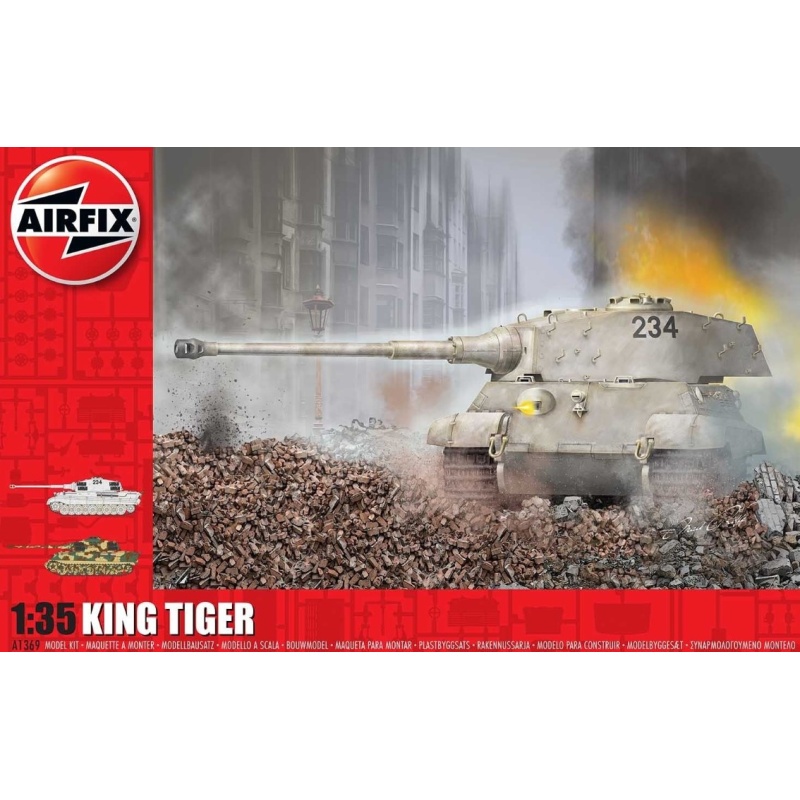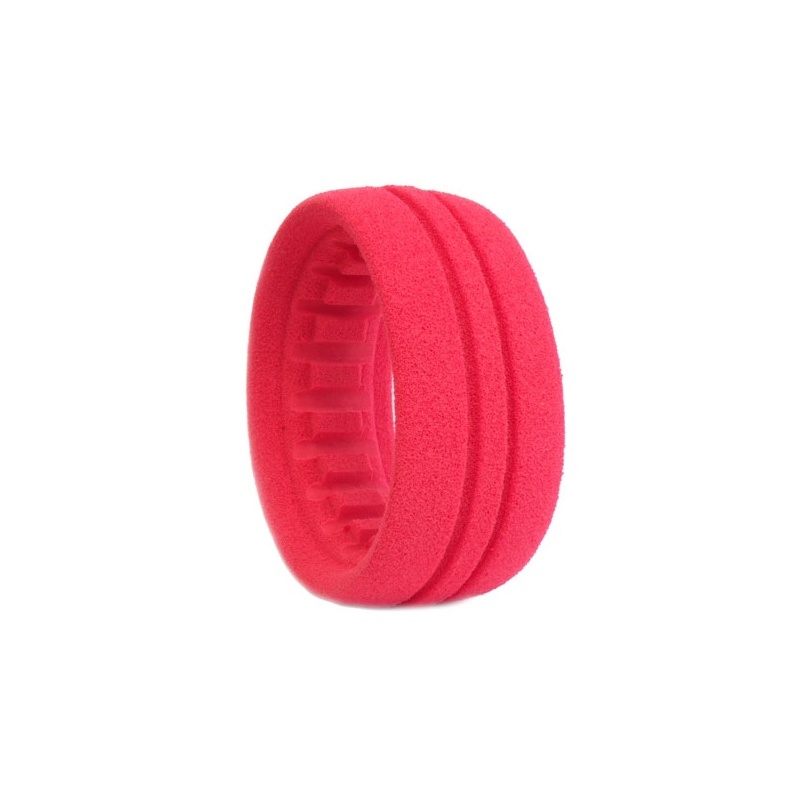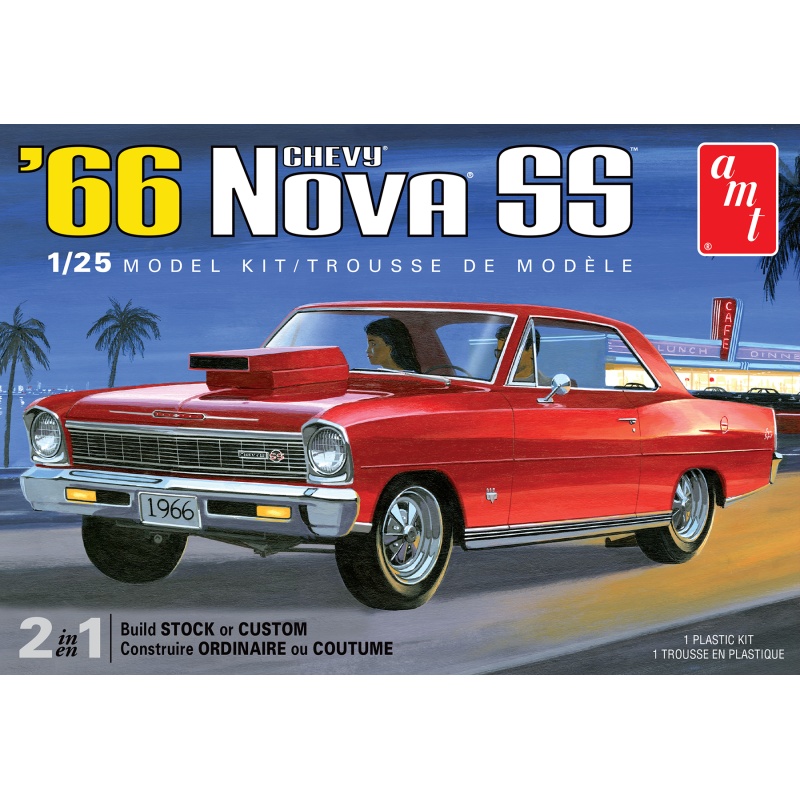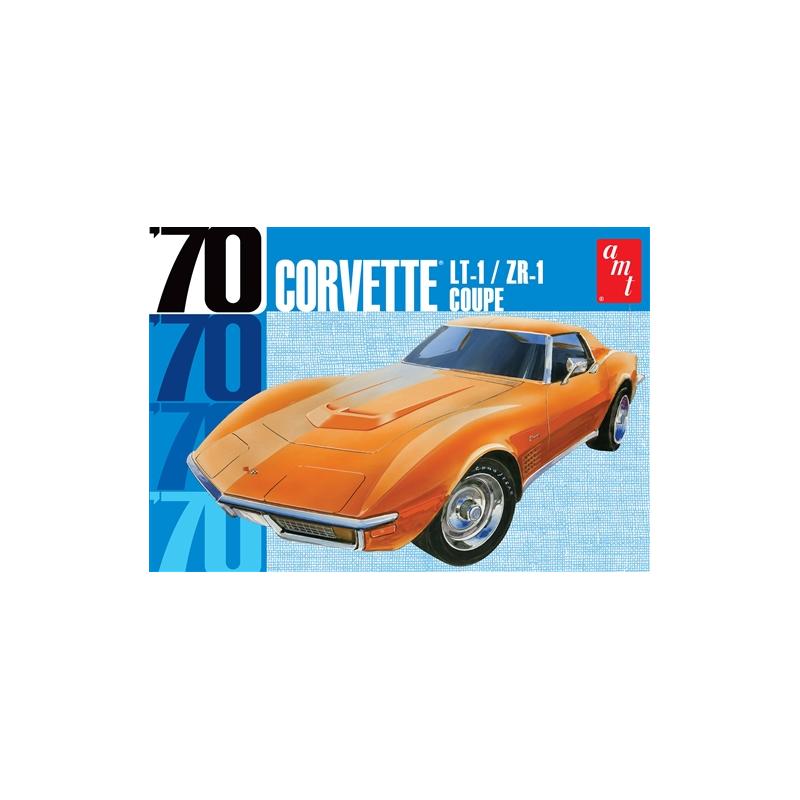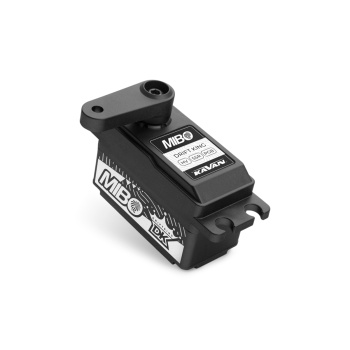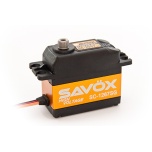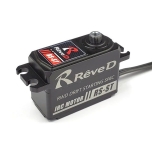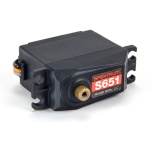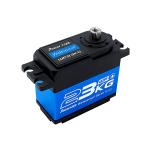MIBO Drift King Programmable (RWD Drift Spec/18.0kg/8.4V) Brushless Servo
Extra powerful and quick programmable digital low-profile brushless servo with steel gear and double BB-ed output shaft. Mainly for use in 1/10th scale RWD RC Drift cars. All-aluminium case for perfect cooling under high load.
This servo was tested specifically for a competition RWD Drift cars. The brushless motor provides enough torque in order to keep the car stable at an angle and on quick transitions. Modern software ensures a perfect gyro signal filtration for a smooth drive, without steering hunting.
It is programmable using the USB programmer/interface for MIBO servo and PC software. You can set your own values for parameters, such as Servo angle, Servo neutral, Damping, Output power, Sensitivity, Soft start, Reverse, etc. Plus you have an option to enable SANWA SSR, or FUTABA SR mode.
Setup recommendations:
The base setup is made to fit a wide range of chassis and electronics. We recommend the following steps for optimal customization for your car:
- Make sure, that all of the related values (trims, endpoints, dual-rate, etc.) in your transmitter and gyro are in a base setting.
- In case of compatible radio equipment, you can enable SANWA SSR, or FUTABA SR mode (has to be enabled in your transmitter as well).
- Check your steering direction, including gyro operation. In case of need, switch the Reverse parameter.
- Center the steering neutral position. If possible (if your chassis allows it), adjust the turnbuckle between the servo horn and steering lever. If you don't have such an option, use parameter Servo neutral.
- Set your maximum steering throw. Full steering wheel turn on both sides should equal to full steering angle on the chassis. In this angle, the steering stoppers should lightly touch the suspension arms, or the wheels should stay in such a position, where is no risk of contact with any suspension component. Set it by adjusting your servo horn length, or if not possible, using the Servo angle parameter.
- Adjust the Damping factor parameter to a minimum value necessary for removing any steering hunt.
Programmable Functions:
- Servo Angle: Maximal servo rotation angle range setting. The default range is ca 120° within the regular RC signal pulse width range (900~2100 µs); ca 180° within the max. signal pulse width range (500~2500 µs).
- Servo Neutral: Servo neutral (centre) position setting.
- Damping Factor: Servo damping setting – adjust the characteristics of the servo when stopping.
- PWM Power: Adjusts the servo output power. The higher the power, the higher the speed and torque of the servo – indeed also the current consumption will be higher.
- Sensitivity: Servo sensitivity (Dead Band) setting. The higher sensitivity the narrower the dead band – servo moves only if the change of the signal pulse width is bigger than the dead bandwidth. A too high setting may cause servo jitter in some applications. Range: Ultra High (ca 1 µs dead band) – High (ca 2 µs) – Medium (ca 3 µs) – Low (ca 4 µs)
- Soft Start: Turns on/off the soft start feature. If ON, the servo goes slowly to the initial position corresponding to the servo signal once the power is switched on.
- Reverse: Reverses the servo movement direction.
- Narrow Band: FUTABA SR Mode – only for use with FUTABA radio channels working in the SR mode. Do not turn the option on if you are using a different setting of your FUTABA radio or any other radio.
- SANWA SSR: SANWA SSR Mode - only for use with SANWA radio channels working in the SSR mode. Do not turn the option on if you are using a different setting of your SANWA radio or any other radio.
- Lost PPM Protection (Fail-Safe): In the case the control signal from the receiver is lost completely or cannot be decoded correctly (due to interference) the servo can use choose one of three fail-safe modes:
- (a) Release: No fail-safe protection.
- (b) Keep Position: Keeps the position corresponding to the last correct control signal.
- (c) Go Neutral Position: The servo returns to the neutral (1500 µs pulse width) position.
- Over Load protection: Enables or disables overload protection of the servo in three levels – once the overload conditions last for the pre-set time (in seconds), the output power of the servo is reduced to the corresponding pre-set level (% of the max. power).
- Default: Restores the factory default setting of the connected servo.
Wide input voltage range 4.8–7.4 V (nominal); operating voltage range 4.8–8.4 V.
25T/5.94 mm output shaft.
Specifications:
| Servo dimensions | Low Profile |
| Servo type | Digital |
| Programmable | Yes |
| Thrust at 4.8V [kg/cm] | 12 |
| Thrust at 6.0V [kg/cm] | 14.5 |
| Thrust at 7.4V [kg/cm] | 16 |
| Thrust at 8.4V [kg/cm] | 18 |
| Speed at 4.8V [s/60st.] | 0.105 |
| Speed at 6.0V [s/60st.] | 0.09 |
| Speed at 7.4V [s/60st.] | 0.075 |
| Speed at 8.4V [s/60st.] | 0.065 |
| Servo gears | Metal |
| Ball bearings | 2× |
| High-voltage | Yes |
| Power supply [V] | 4.8 - 8.4 |
| Length [mm] | 40.8 |
| Width [mm] | 20.2 |
| Height [mm] | 26.5 |
| Weight [g] | 48 |
| Intended for | On-road Drift cars |
| Cable length [mm] | 200 |


